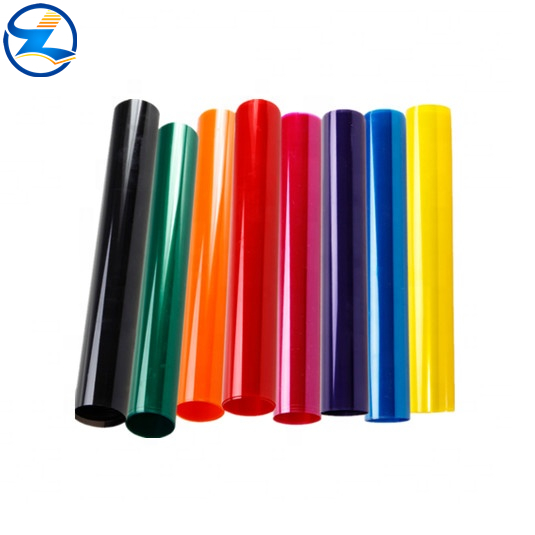Zhongzhou Enterprise Silicon Slag Sinter Alumina Recovery Project Successful
According to the Zhongzhou Branch of China Aluminum Corporation, a few days ago, an expert group from the Ministry of Science and Technology of China Aluminum Corporation conducted a final acceptance review for the industrial pilot project on the recycling of alumina slag and alkali at the branch's silicon slag processing facility. The evaluation marked a significant milestone in the company’s efforts to enhance resource efficiency and sustainability.
The expert panel confirmed that the industrial trial process for sintering silicon slag at Zhongzhou reached the designed capacity of 30m³/h. The dissolution rate of alumina met the target range of 75% to 85%, while the sodium oxide dissolution rate ranged between 83% and 93%. These results indicate that the process is ready for full-scale industrial application once production standards are consistently met.
This project represents the largest R&D investment in China Aluminum Corporation's history, and its successful completion highlights the company’s commitment to innovation and environmental responsibility. The silicon slag sintering technology marks another breakthrough for Zhongzhou Branch, following previous advancements such as the improved sintering method, the Bayer process, and post-enrichment thickening techniques.
The technology has been recognized by the China Nonferrous Metals Industry Association as world-leading, achieving international advanced standards. Its implementation can significantly reduce the grade of raw materials used in the sintering process, expand the range of usable ores, and recover over 90% of the alumina in silicon slag. This not only improves resource utilization but also enhances the thermal efficiency and production capacity of the kilns.
Traditionally, silicon slag was reintegrated into the production process for sintering, which often led to challenges due to high silicon content, making it difficult to maintain consistent production quality. By developing this circular economy model, the company aims to optimize resource use and reduce environmental impact.
To achieve this, the research team at Zhongzhou Branch developed an independent silicon slag sintering technology. This innovative approach separates the silicon slag after sintering, allowing for the production of high-quality alumina while recycling sodium oxide within the system. This change eliminates the need for re-batching silicon slag, reducing process disruptions and improving overall efficiency.
Given the novelty of the process, the Zhongzhou Branch meticulously planned the test runs, referencing equipment characteristics and process designs from both the clinker kiln and the silicon slag sintering furnace. Detailed documentation, including operation manuals, safety protocols, and technical plans, was prepared. Four rounds of engineering discussions were held, leading to the development of a comprehensive "Slag Sintering Test Project." Eight meetings were organized to address key issues and implement practical solutions.
The plant selected 12 experienced workers and deployed 6 technicians to participate in the entire testing phase, ensuring continuous support and timely problem resolution. Major issues were resolved within the same day, and small problems were handled immediately. In July 2007, the plant underwent three shutdowns to refine over 40 critical points, including the calciner cone, hot air pipes, fluidized bed, burner nozzles, and soot blowers. Nozzle modifications extended their lifespan by four times, significantly improving operational stability.
After continuous improvements, by late October 2007, the silicon slag furnace achieved the design capacity of 30m³/h. By February 2008, the furnace operated at 96% efficiency, with a stable discharge rate of 31.43m³/h and a peak throughput of 34m³/h, exceeding the design capacity by 10%. The dissolution rates of alumina and sodium oxide reached 87.74% and 91.74%, respectively, surpassing the set targets.
As the furnace output and operational efficiency increased, the advantages of the atomization and drying cycle sintering technology became more evident. Despite a decline in the A/S ratio of incoming ore, the stable operation of the silicon slag furnace allowed the production system to run efficiently. The aluminum-to-silicon ratio dropped from around 7.2 to approximately 6.0, saving 14,000 tons of high-aluminum ore annually and reducing monthly ore costs by over 700,000 yuan.
Thermal equilibrium measurements showed that the silicon slag furnace achieves an impressive thermal efficiency of 80.95%, 20% higher than traditional clinker furnaces. By separately firing and dissolving the sintered silicon slag, the process maximizes the recovery of alumina and alkali. This leads to an annual increase of 70,000 tons of alumina production and about 60,000 tons of alkali being recycled back into the process.
PVC offers a potent chemical resistance and optimized protection.
It works best on standard blister packing machines.

thermoforming medical grade PVC packaging sheet PVC Film roll
PVC is a plasticizer free, calendared rigid film. It is available in a wide range of colors and thickness.PVC offers a potent chemical resistance and optimized protection.
It works best on standard blister packing machines.
|
Thickness
|
0.08mm – 0.80mm(80micron – 800micron)
|
|
Width
|
100mm – 1400mm
|
|
Colors
|
Transparent ,Glass clear ,Clear with blue tint,Amber color ,Orange color ,White color
Blue color ,Brown color ,Pink color ,Green color,Yellow color |
|
Transparency
|
Transparent,semi-transparency,opaque
|
|
Surface
|
Glossy
|
|
Form
|
by roll or cut sheet form
|
|
Hardness
|
Rigid
|
|
Outer diameter
|
≤700mm
|
|
Inner core diameter
|
3"(76mm)
|

Pvc Color Film,Pvc Colored Film,Pvc Flexible Film,Colored Pvc Shrink Film
Shandong Top Leader Plastic Packing CO., LTD , https://www.sdzlplastic.com